SHARE THIS POST
Regardless of the setting, it is difficult to find an industry or a place that is devoid of electronic displays. The way that they improve the user experience and ease interaction make them a choice that is not bound to go away anytime soon. Due to how ubiquitous they are, they are constantly in production to fulfill the demand that exists.
However, with consistent user interaction comes the need for durability. This leads to manufacturers having to put a layer of plastic or glass atop the actual electronic display. This protects the display against trauma and dysfunction from regular use. However, to ensure that the protective layer of glass or plastic sticks strong to the screen, it needs to be bonded to the LCD with adhesive. The same process applies when applying a touchscreen to the display beneath it.
This presents the need for an adhesive which is not only strong in its bond, but that does not impair the visual experience for the user. Any adhesive that fits this profile also needs to be usable in large production scenarios and not be too expensive for potential large scale use.
The market for electronic screens and displays is continually expanding and its value is consistently on the increase. This indicates how important this market is, and as a manufacturer, it is important to ensure the quality of your displays the very best.
What is Optical Bonding?
As the glass or touchscreen needs to stay in place over the LCD panel, a layer of adhesive is applied. This bonds the two components solidly together, without a gap between them. During the process, there is a high emphasis on ensuring perfect readability. This entire process is what is known as optical bonding.
What Adhesive Is the Best for Optical Bonding?
One of the best choices for an optical bonding adhesive is an acrylic-based adhesive. A more technical name for these adhesives is liquid optically clear adhesive (LOCA). Optically clear refers to how they maintain the visual quality of the display, which is one of the needed attributes for a good optical bonding adhesive.
These acrylic-based adhesives adhere solidly to the typical array of materials that are found around or over a display, such as glass, plastic, and metal. They maintain high visual quality and readability for the display with their ability to transmit light effectively and low levels of haze. The optical bonding process can be easily adapted to automated manufacturing processes for cost-efficiency.
Durability is a major concern for displays, particularly touch displays, as they are constantly being interacted with. This is another area in which acrylic-based optically clear resins have a major advantage. They are able to persist and maintain their integrity under high temperatures, as well as regions with high levels of moisture in the air. This makes these adhesives very versatile. They can be used in essentially all cases where a display is required. They can resist temperatures higher than the boiling point, and large changes in temperature even to below freezing.
What Are the Advantages of Acrylic-Based Adhesives in Optical Bonding?
Acrylic-based adhesives are perhaps the most versatile and durable options available for optical bonding manufacturing processes. This is due to the numerous advantages that they confer.
- 1. ) Chemical Resistance: Touchscreens and displays in certain locations, such as medical settings, require consistent cleaning and this involves exposure to strong cleaning chemicals. The material used for bonding must be able to withstand such chemicals and solutions, which acrylic-based adhesives are capable of.
- 2. ) Stress Relief: Acrylic-based optical bonding adhesives possess great flexibility, which provides benefits in multiple ways. By using acrylic-based adhesives for optical bonding:
- Device displays can withstand shock better. Particularly with smartphones that are portable and small enough to be accidentally dropped, the layer acrylic-based adhesives form is able to absorb part of the shock.
- Allow for foldable displays. In most displays, the glass and the actual display panel are not able to withstand the folding or bending process. When this is accommodated for, the layer of the optical bonding adhesive is able to withstand the folding as well, particularly when acrylic-based. Organic adhesives are not as flexible in most cases.
- The stress of temperature-based expansion is absorbed. Devices with displays tend to have several types of materials surrounding the panel. This includes glass and metal. When heat is produced, these materials expand, and at different rates. If the adhesive is inflexible, it can crack the surrounding components, including the display panel, by not accommodating for the expansion. Acrylic-based adhesives are able to do this.
- 3. ) Weather resistance: Acrylic-based adhesives can withstand high levels of humidity as well as the UV radiation from sunlight and very hot sources. Along with this, they possess a very high threshold for heat, and can resist very high temperatures. This is very useful for displays that are permanently situated outdoors.
- 4. ) Superior optical properties: Optical bonding technology requires an adhesive that preserves light passing through it as well as possible. Acrylic-based optically clear resins allow light to pass through them without refracting or dispersing the light in any unwanted ways. They hold a major advantage over air-gapped displays in this regard. The haze that is present with other adhesives is essentially negligible with acrylic-based adhesives.
- 5. ) Can be easily composited as required. For manufacturers looking for more flexibility, they can use acrylic-based adhesives that require being composited from two parts. There are also products that can be used as-is without the addition of another substance required. These are more popularly used.
- 6. ) Come in different forms to adapt to manufacturing processes. Acrylic-based adhesives are available in different forms to allow for more versatility in how they are applied during the manufacturing process. Some are more fluid than others, which allows them to be applied to cover larger areas faster. In some cases, they flow slower, which can allow for more time for application of the resin when required. Also, some acrylic adhesives settle to a determined viscosity after some time, which allows placement to be more accurate. These are known as thixotropic resins.

What Are the Mechanisms for the Optical Bonding Process?
Techniques for applying acrylic-based adhesives to displays remain versatile. Numerous optical bonding processes can be used to apply the liquid resin, which can sometimes be informed by the type of display and its size. These include processes such as screen printing, dam and fill, dam and injecting, patterning, and so on.
Following applying the optically clear resin, it must be cured. This can be done using heat or UV light, or both combined. However, UV light is the more popular method. Heat curing is more complex as it uses two-part products.
Can Acrylic-Based Adhesives Keep Up with Improving Display Technology?
Displays are continually improving to provide better detail, color, brightness, and more. This holds particularly true in the case of consumer-grade displays such as in televisions, smartwatches, smartphones, and computers. As the standards for display technology continues to increase, it is valid to wonder whether current optical bonding adhesives such as acrylic-based optically clear adhesives will be able to maintain their optical quality.

Although LCDs are the mainstay for display technology at the moment, OLED displays are gaining prominence in the smartphone and television markets due to generally better contrast, colors, and efficiency. Acrylic-based adhesives need to preserve visual quality to the extent that these improvements will be perfectly appreciated by the consumer.
Flexible displays are an interesting development, and while some consumer technology is available with such displays, they are not yet mainstream. However, it is required in displays with this form factor that the adhesive used is able to withstand repeated stress in the form of folding without losing its optical performance.
5G technology is quickly becoming more prevalent, and particularly in the smartphone industry, manufacturers are rushing to include 5G as a selling point of their new devices. 5G devices generate more heat than usual mobile devices, and in a space, as enclosed as a smartphone, the optical bonding adhesive needs to be able to withstand the continuous heat that may be produced.
Even as it is now, acrylic-based optically clear resins are able to perform admirably in a huge number of use cases. With continual improvements in the field of material science and engineering, optical bonding technology will be able to meet up with the needs of the display market.
Conclusion:
With the display market only growing bigger, optical bonding technology continues to hold importance, and with these, acrylic-based adhesives are the superior option in the manufacturing of displays. They proffer significant advantages in their weather and chemical resistance, flexibility and stress relief, and more. As technology improves, acrylic-based optically clear resins may still prove to be adequate for the improvements in the display market.
Your business deserves the best, and so do your customers. Ensure that you provide them with the optimal user experience with your displays by using optical bonding processes for your displays.
About E3 Displays:
We’re a global design and manufacturing company that helps the world’s most innovative companies define the future of their business display needs. With over 20 years of combined experience in display technology, E3 Displays has everything you need to develop and manufacture your custom touch display all in one place. With customer-centric solutions featuring strategic planning, competitive pricing, longevity, and support, we ensure the best products on the market to help you scale. In the end, displays are a centerpiece in any hardware that provides a very important visual message in your product. We want to ensure that the visual entity exceeds your optical and performance requirements.


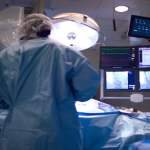

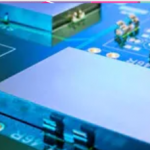
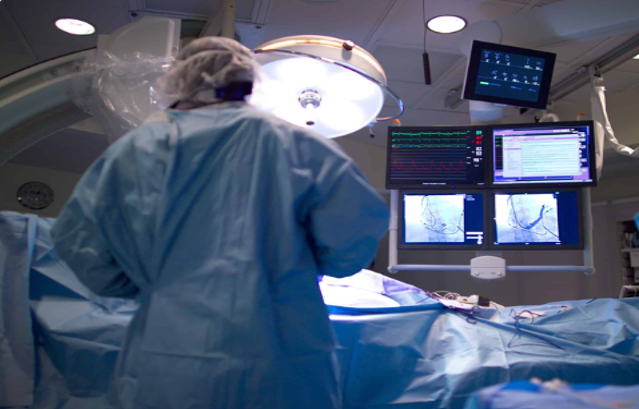


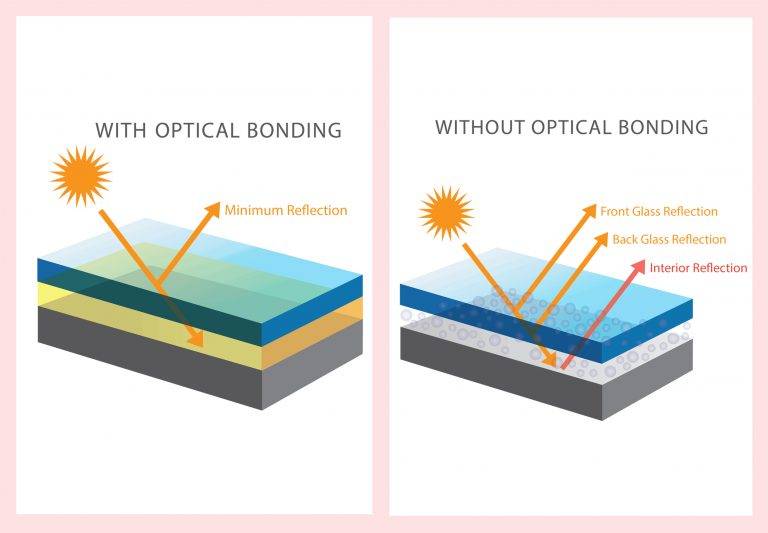
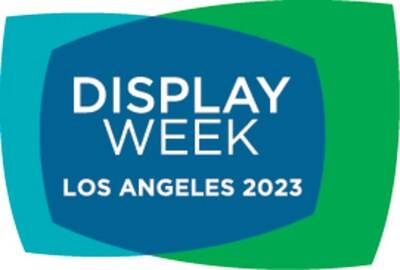
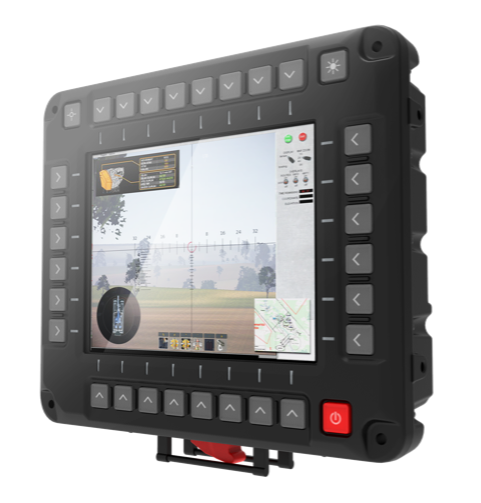



 Submit your project information
Submit your project information Speak with an expert display advisor
Speak with an expert display advisor